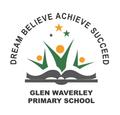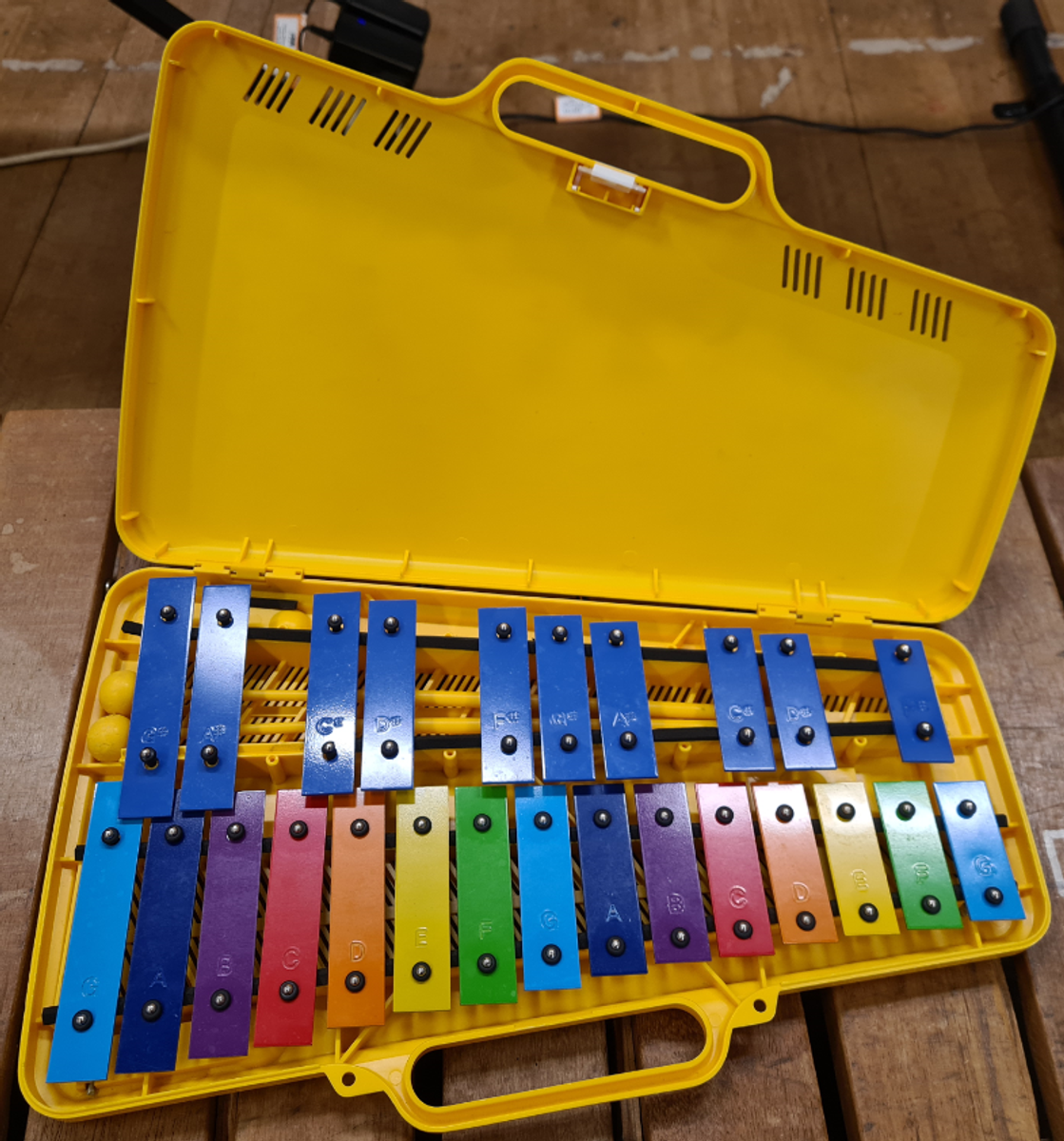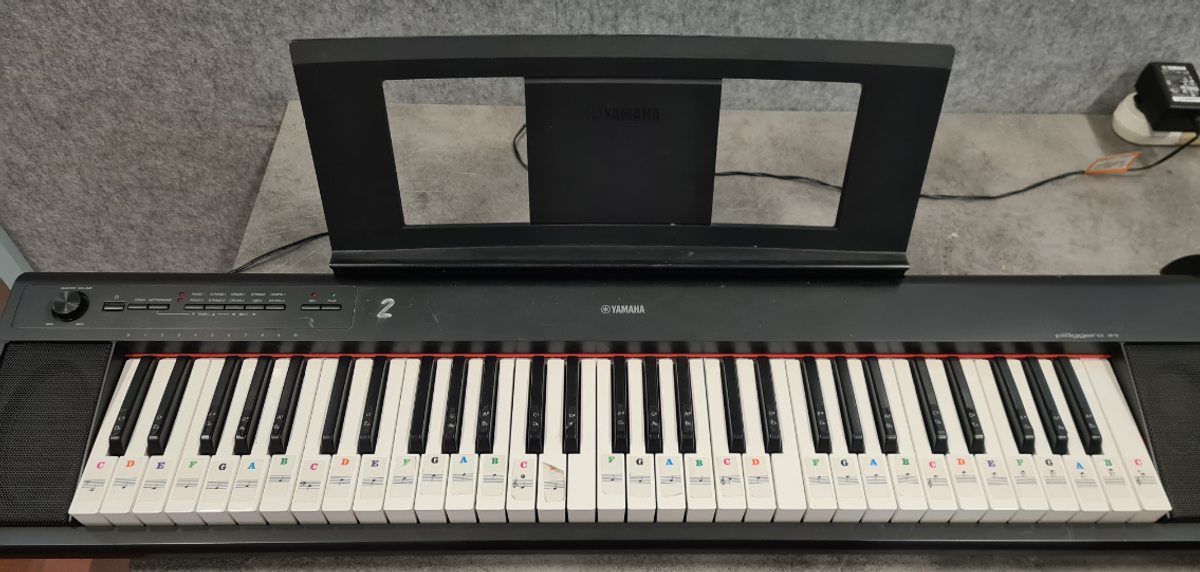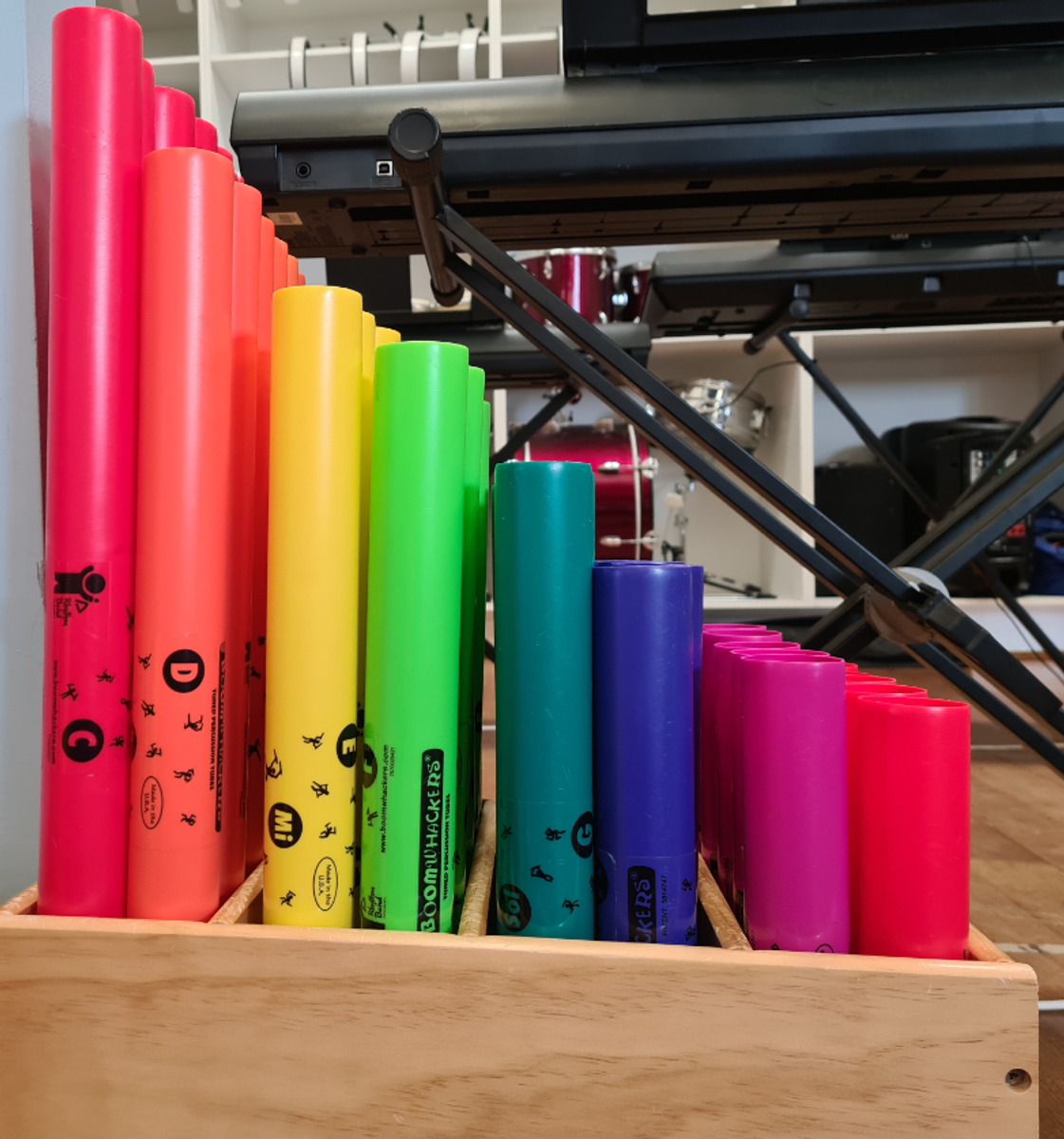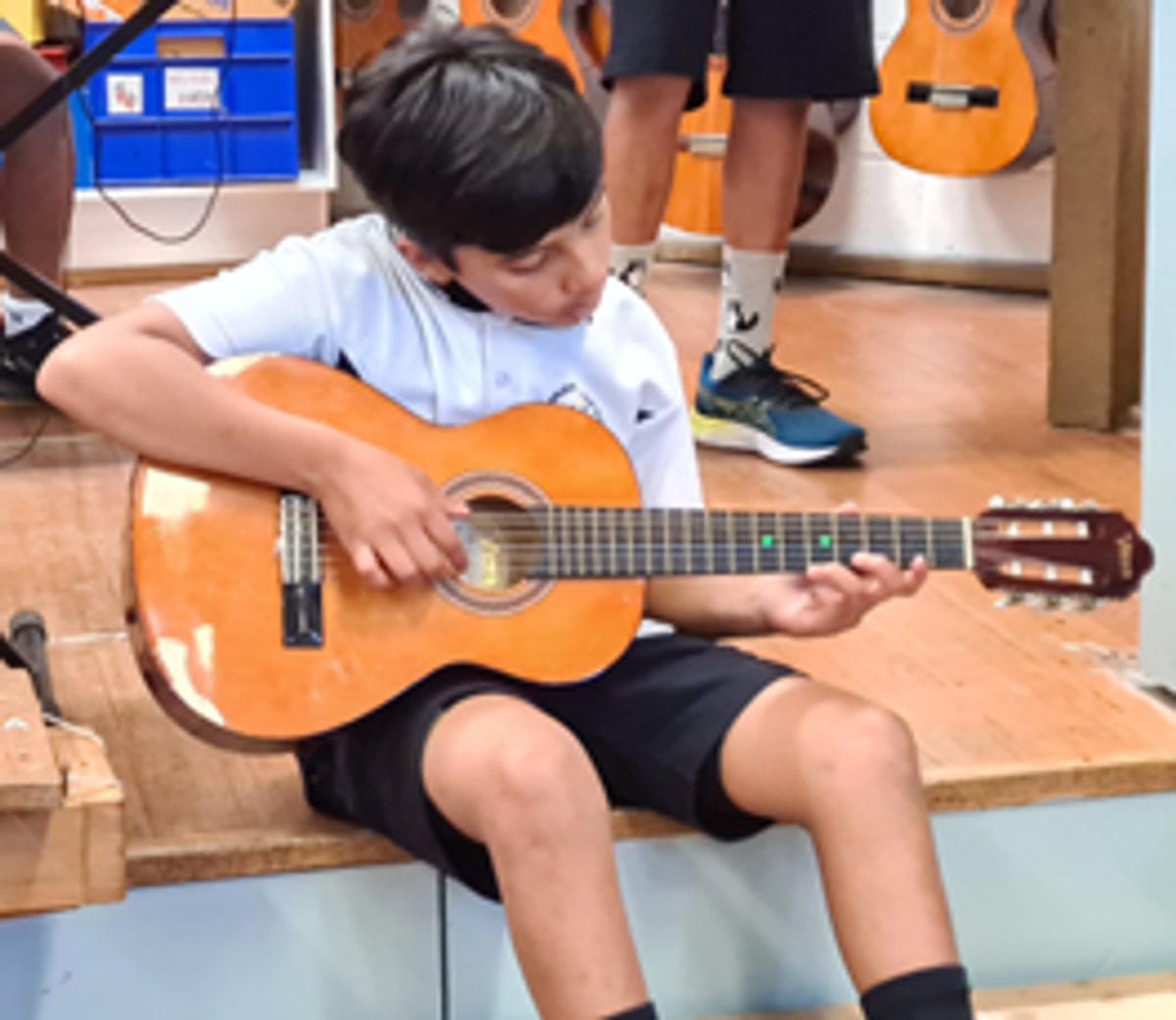Music
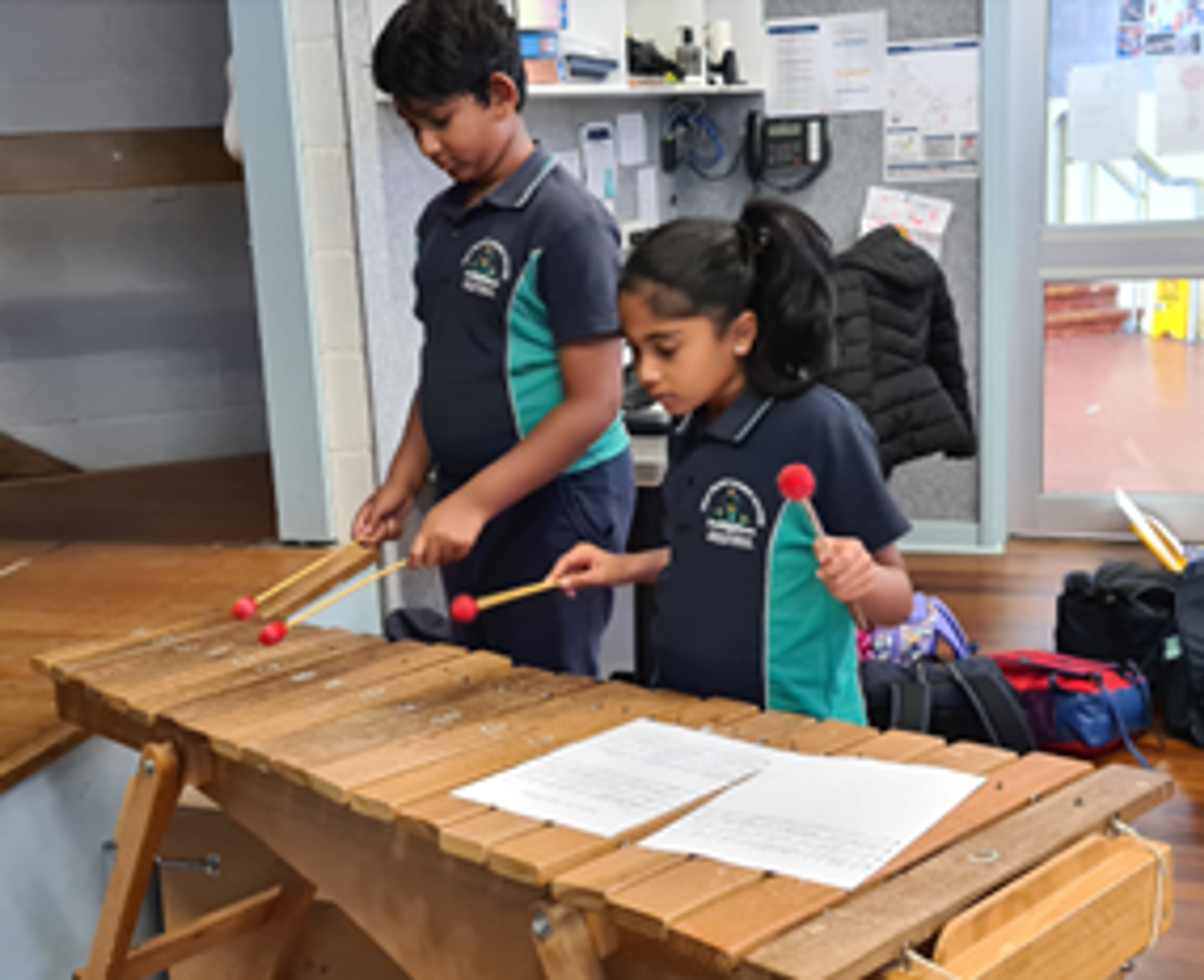
Welcome to Term Two 2023! We have already begun rehearsals for the Victorian State School Spectacular Mass Choir where our learners proudly represented GWPS and had a fantastic first local hub rehearsal. In Week 2 we begin Music Innovation for Level 5 and 6 where students will deepen their knowledge and understanding of music and ensemble playing.
Prep
This term, Prep students will continue to develop their singing voice. They will learn a wider variety of songs to sing and begin to match pitch. Students will also be introduced to stick notation in preparation for creating their own rhythms and playing various rhythms. They will also practise writing stick notations and create their own rhythms that they will then transfer to percussion instruments. Students will also be taught many different music games to assist them in developing and consolidating these skills throughout the term.
Key vocabulary: pitch, rhythm and stick notation
Year One
Throughout this term, students will be introduced to and explore the tone ladder. They will learn all eight solfa notes (do, re, mi, fa, so, la, ti and do’) and the hand signs that match them. During the term, students will continue to develop their singing voices and their ability to match pitch along with developing their listening skills. They will also consolidate their knowledge of za (a crotchet rest) and explore how we use silence in music. Students will be able to demonstrate this knowledge through playing songs on boomwhackers, xylophone and through singing songs.
Key vocabulary: crotchet rest, volume and tone ladder
Year Two
During term One students will continue to develop their aural skills and consolidate their knowledge of different note types. Students will develop their ability to correctly read various rhythms and songs by learning songs on instruments such as the xylophone. Later in the term, students will be introduced to creating their own rhythms and songs with all the notes they have learnt. Students will be encouraged to count the number of beats aloud for each note and clap the rhythm before beginning.
Key vocabulary: steady beat, minim and semibreve
Definition: aural skills; the development of hearing skills
Year Three
Throughout this term, students will be introduced to a new note, semiquavers. Students will learn how to break down and count semiquavers in order to transfer this knowledge to instruments. They will begin to learn about form in music and how this can be useful to a musician when playing songs. Students will learn about three different types of form including binary, ternary and rondo form. They will consolidate this knowledge by labelling well known songs in these forms and by playing music games. Students will have the opportunity to transfer this knowledge to their singing and the keyboard/piano and xylophone.
Key vocabulary: tempo, dynamics, form and beat
Year Four
This term, students will be introduced to the elements of music; duration, pitch, tone/timbre, form, expression and texture. Students will learn what each of these elements include and how we can use them to create and play interesting music for audiences. They will explore each of the elements while using various instruments such as piano/keyboard, glockenspiels, guitar and boomwhackers. Students will continue to practise their performance skills by regularly sharing and performing for their peers. They will also be introduced to the new rhythm of two semiquavers followed by a quaver (tikka-ti).
Key vocabulary: pitch pattern, elements of music and composition
Glockenspiel:
Keyboard:
Guitar:
Boomwhackers:
Year Five
This term, Year Five students will delve deeper into their understanding of the elements of music transferring this learning to instruments. In each lesson they will investigate two elements of music and look at how they can make the music being played sound more interesting. Students will also be introduced to playing instruments whilst singing. They will learn to play songs on boomwhackers whilst also singing the lyrics to the song. Through these songs, they will also be introduced to three simple chords; A minor, G major and F major.
Key vocabulary: elements of music, chords, ensemble, duet, melody and harmony
Year Six
Throughout term one, Year Six students will begin a composition unit where they compose/create their own original songs. Students will begin by choosing the instrument they will be using and thinking about how they are going to include all the elements of music in their composition. They will practise these songs in small groups and provide each other with feedback and feedforward to improve their performance or composition. Students will then practise their performance skills by sharing their learning with the class.
Key vocabulary: composition, elements of music, ensemble, melody and harmony
How can you support your child’s Music learning at home?
- Listen to music regularly, for example, at bedtime, in the car or in the morning when you’re getting ready. Feel free to show everyone your beautiful voice and sing along!
- Play music games such as musical statues or musical chairs
- Make use of musical instruments or kitchen ware at home and create a family band!
